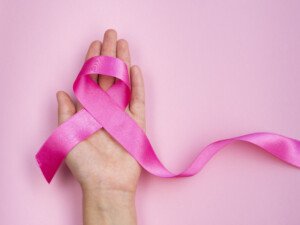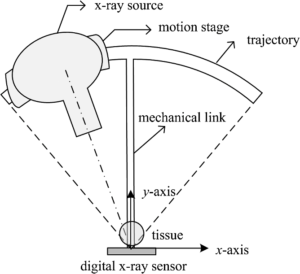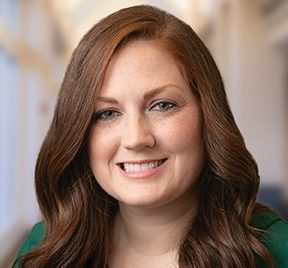
Dense breast tissue is a risk factor for breast cancer, but there’s another big problem with dense breasts: Mammograms are harder to read.
So though there may be inconsistent research findings regarding just how much of a risk factor for breast cancer that dense tissue creates, we can’t exactly sweep under the rug the fact that dense tissue in breasts can hide a malignant tumor.
“Mammographic density is referring to the ratio of breast tissue to fat on a mammogram image,” says Jennifer Hartman, a clinical nurse practitioner specializing in breast health, women’s health and cancer genetics.
“When looking at a mammogram image, fat appears dark and breast tissue is white.
“When you have dense breast tissue your mammogram image will appear with more white patchy areas than dark areas.
“Increased breast density on mammography is a problem for two reasons.
“First, breast cancer can often appear as white masses on mammograms, so if your image already has dense white patches, it makes it more difficult to find a white breast cancer nodule.
“The more dense you are, the greater the chance a small breast cancer could be missed.
“3D mammography (tomosynthesis) is definitely much better at cutting through those dense areas to find cancer than traditional 2D mammography, but it is still not perfect.
“Second, increased breast density has been associated with an increased risk of breast cancer.
“These concerns have led to 38 states currently [as of 2023] requiring that we notify patients of their breast density so they can be aware of these risks.
“Any woman with dense breast tissue should talk to their healthcare provider about their options which may include education, risk assessment and additional imaging.”
Striking Points to Consider Regarding Dense Breasts
• Body weight does not determine level of breast density or fattiness.
• Neither exercise, dietary habits, weight loss or weight gain will affect how fatty or how dense a woman’s breasts are. Breast composition is luck or un-luck of the genetic draw.
• Size, shape, feel or “perkiness” of breasts is not predictive of how fatty or dense they are.
• Only a mammogram can reveal whether breasts are mostly fatty; have scattered density; are heterogenously dense; or are extremely dense.
What should you do if you learn your breasts are dense?
It’s strongly advised to trade the 2D mammograms for the 3D (tomosynthesis).
If your health plan doesn’t provide 3D technology, then don’t let that stop you; find an independent imaging clinic and get the tomosynthesis.
Yes, you’ll pay out of pocket, but your breast health is worth every penny. So is your peace of mind.
You may also want to consider annual whole-breast screening ultrasounds.
If you must get these from an independent clinic and pay out of pocket, then DO SO.
You may need authorization from your doctor, though.
Simply inform your doctor that you have dense breasts and want to be extra vigilant.
Do not be “afraid” to request your doctor’s authorization — which should be in writing and faxed over to the clinic.
What does a “tomo” screening feel like?
I’ve had many. They feel the same as the 2D version.
Think of tomosynthesis this way: A 2D mammogram is like standing in one spot at the edge of a forest and, from that position, looking inside the woods to find a bird perched in a tree.
But tomosynthesis has you flying above the forest to look for the bird!

Tomosynthesis
As for the ultrasound as an additional surveillance, the whole-breast screening ultrasound is very simple from the patient’s perspective: Just lie there while the technician places the device over your breasts.
A negative 3D mammogram and breast ultrasound in the same year will be extremely reassuring!



























